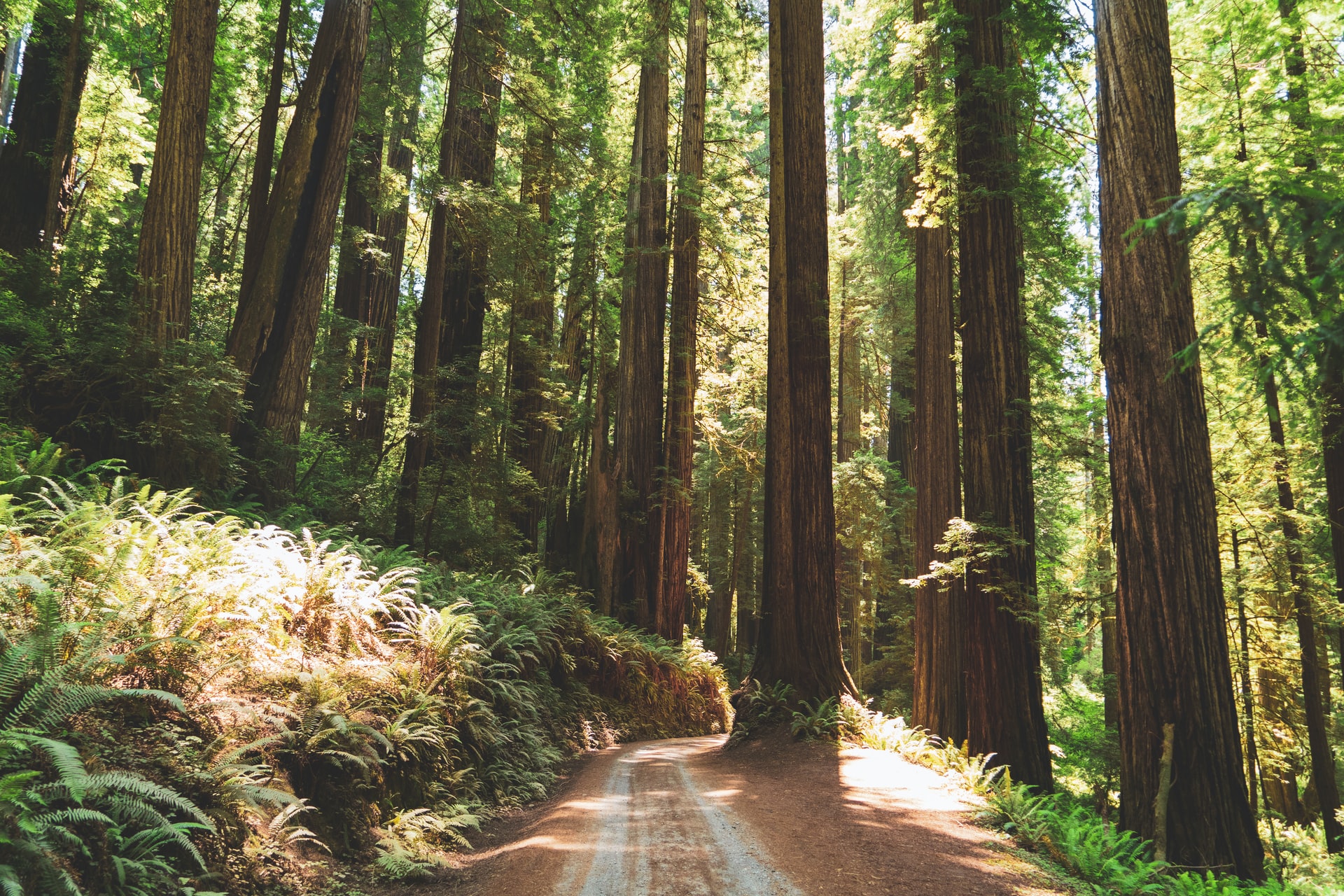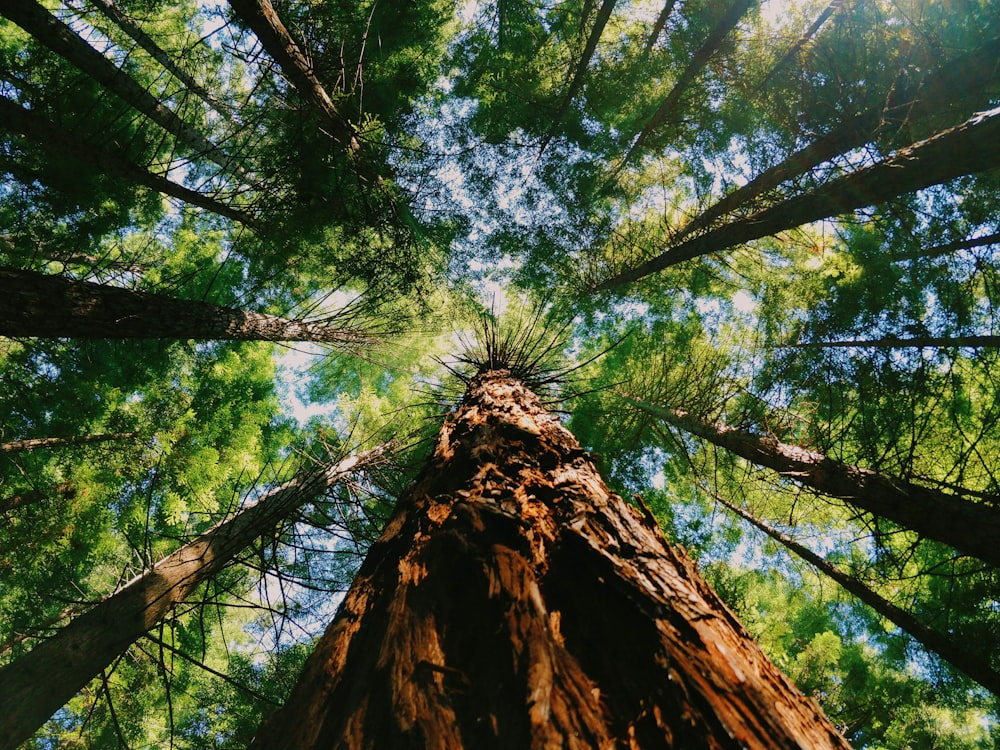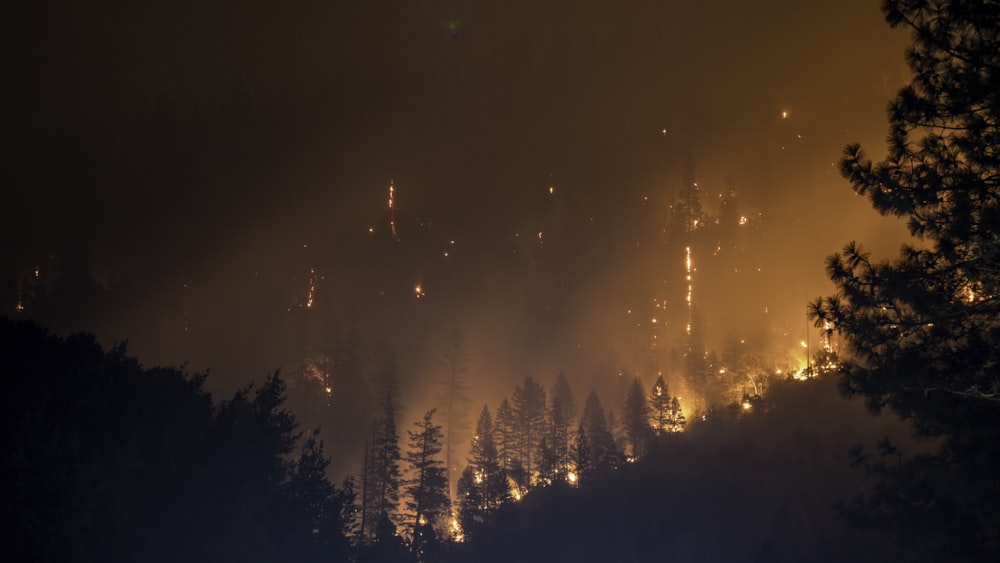How Wildlife Cameras are Keeping the West Coast Safe

If you were on social media last year, you probably saw videos of massive wildfires in California, but it was a record-setting year for wildfires across the United States. In 2020, almost 8.9 million acres were burned, the highest amount in one year on record, impacting mostly California, Colorado, and Oregon.
Luckily, with technology advancing everyday, we have more tools to monitor, and hopefully stop wildfires before they’re too large to stop.
Using Cameras to Keep Watch with ALERTWildfire
Created by the University of Nevada at Reno, the University of California at San Diego, and the University of Oregon, ALERTWildlife provides firefighters and first responders with access to fire cameras across Washington, Oregon, Idaho, California, and Nevada. They use Pan-Tilt-Zoom cameras that do just that: pan, tilt, and zoom when told, which allows firefighters to see a wide area, zoom in on areas of concern such as when there’s smoke, and tilt to see the picture at better angles.
So, not only can they see when a fire has started, but they can also know the location, see any structures that could be at risk in the area, and monitor it to see if efforts to extinguish it are working. As with any fire, the key is to catch it as early as possible, before it’s too large to handle. With over 600 cameras, this system allows us to do just that: catch fires as early as possible.
We can do that with other technology, too.
Using IoT and AI to Detect Fires
Internet of Things, or IoT, are devices that are connected to the internet such as oxygen monitors, carbon dioxide monitors, digital thermometers, and wind sensors. These can be used to not only detect wildfires, but also predict them using Artificial Intelligence (AI). Using these technologies, Siedor has created Fire Capsule.

Fire Capsule uses IoT and AI to measure carbon dioxide and heat levels in an area, which are then used by AI to predict risk of fire. At the same time, smoke and wind sensors are detecting wildfires; GPS in the device then transmits the location.
The best part? They’re fireproof, solar-powered, and have a ten year battery life.
Why We Care and What We Can Do
To be clear, wildfires aren’t all bad. Regular fires in an ecosystem can be a good thing, especially in forests: they can help promote biodiversity, get rid of debris, and get more nutrients into soil. Only when they are out of control, occur more frequently, or threaten human development are they a bad thing for the environment, as they can wipe out entire ecosystems and impact water quality. They also release a lot of carbon dioxide and ozone precursors into the atmosphere, impacting climate globally. Additionally, they release compounds that are pollutants and can be toxic to those in surrounding areas, to humans and animals alike.
Beyond that, they can destroy homes, roads, and other infrastructure like power lines, sewer lines, and gas lines. So even if your home is okay, and no one is directly hurt, communication, electricity, and water can be out for some time, which can lead to waterborne illnesses, injuries made worse by lack of communication, and heat-related illnesses can occur in warmer areas.

Basically, wildfires to the current level are a bad thing for everyone and everything involved, which is the entire planet. So what can we do?
We can help prevent forest fires in the first place, by simply paying attention to our surroundings. Check the weather and the fire-risk for the day, and pay attention to a drought monitor. If it’s a high-risk, dry day, or there’s a drought, or if there’s wind, don’t light a fire unless you have to. If you have to, do it in a fire pit with all vegetation removed surrounding it, and have a fire extinguisher or water on hand. When you’re finished, smother it with dirt to ensure it stays out.
Outside of your behavior, you can always report suspected fires if you’re in nature by calling 911 if you’re in the U.S. Additionally, the ALERTWildfire team can help set up fire-monitoring infrastructure anywhere. Talk to your local fire department, city council, state representatives, or contact your governor’s office, especially if you’re in an area prone to fires.
As we enter the summer months and start roasting marshmallows for s’mores, remember: your marshmallow isn’t the only thing at risk of being burnt and please, roast responsibly.


Leave a Reply